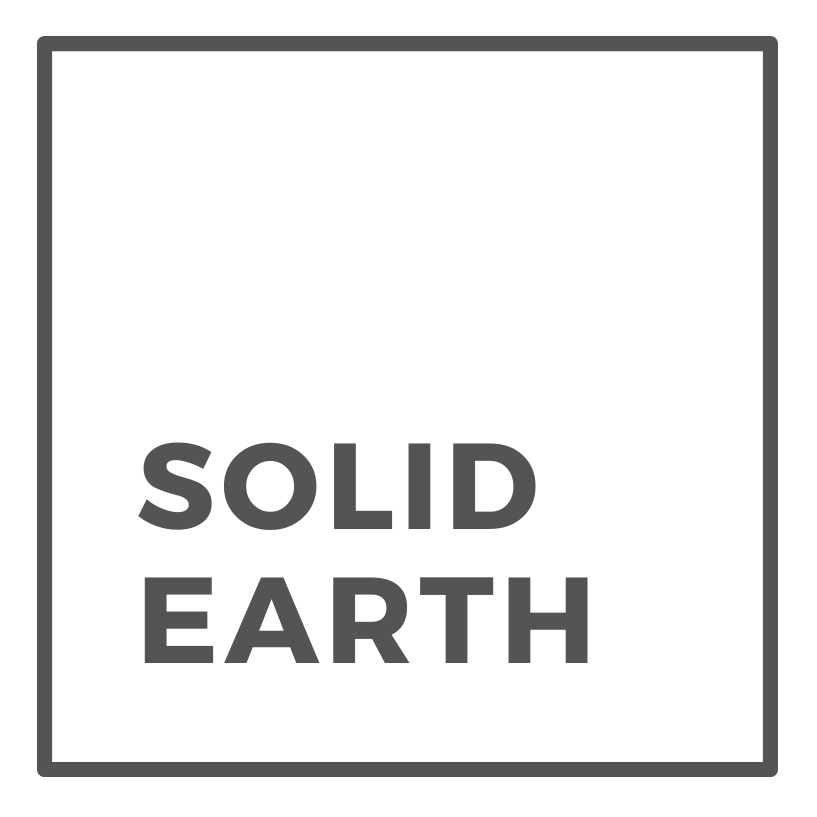Earthbuilding Design in New Zealand
New Zealand Earth Building Standards
New Zealand is one of the few countries in the world with earth building Standards integrated into the Building Code. It is important that your designer and building consent authority are familiar with these documents. They are available for free download:
- NZS 4297:2024 – Engineering Design of Earth Buildings
Guidance for structural engineers on seismic and performance aspects. - NZS 4298:2024 – Materials and Construction of Earth Buildings
Defines acceptable materials (adobe, pressed brick, rammed earth, poured earth) and details required tests. - NZS 4299:2024 – Earth Buildings Not Requiring Specific Engineering Design
Sets design and construction rules for small buildings (e.g. houses) that can be built without specific engineering design.
Standards are available for free download from Standards New Zealand.
Designing with earth requires careful attention to thermal performance, structural detailing, and compliance with the NZ Earth Building Standards. At Solid Earth we work with experienced designers and engineers to ensure quality homes that are easy to consent.
Thermal Performance of Earth Buildings
Passive Solar Principles
Passive solar design is essential for comfort in an earthen home.
Key design considerations include:
- Orienting the home to capture winter sunlight
- Allowing direct solar gain into living areas during colder months
- Shading against high summer sun with eaves, verandas, pergolas, or planting
- Balancing weather protection with solar access (large eaves can reduce solar gain on some sites)
Thermal Mass & Insulation
Earth’s high density allows it to absorb heat during the day and release it slowly at night, creating steady indoor temperatures and exceptional thermal comfort. This makes unstabilised raw earth an ideal thermal mass material. It is also vapour-open, helping to regulate indoor humidity and prevent condensation or mould growth.
However, while traditional adobe provides excellent thermal mass, its insulation value is modest. Structural Light Adobe (SLA) was developed to address this limitation — combining the density and moisture buffering of earth with improved thermal resistance. By introducing a higher content of natural fibres and air voids, SLA walls achieve significantly better insulation performance than conventional adobe, while remaining fully loadbearing, breathable, and free of cement stabilisers.
Homes built with SLA meet and often exceed NZ Building Code Clause H1 energy efficiency requirements, making it possible to design buildings that are both comfortable year-round and low in energy demand.
Structural Design of Earth Buildings
We collaborate with engineers and designers experienced in structural design of earth buildings. Integrated designs are adapted to New Zealand’s seismic and climatic conditions, maximising the inherent advantages of earth while ensuring compliance.
Design principles include:
- Vertical and horizontal reinforcing of earth walls
- Securely tying structural components together
- Using continuous reinforced concrete footings and roof/ceiling diaphragms or bond beams
- Sturdy building corners
Because of their weight, earth buildings require stable, well-drained sites. Sites should not flood and should ideally be protected from driving rain. Damp climates are not a barrier provided details are correct.
Our products exceed the performance requirements of the NZ Earth Building Standards.
